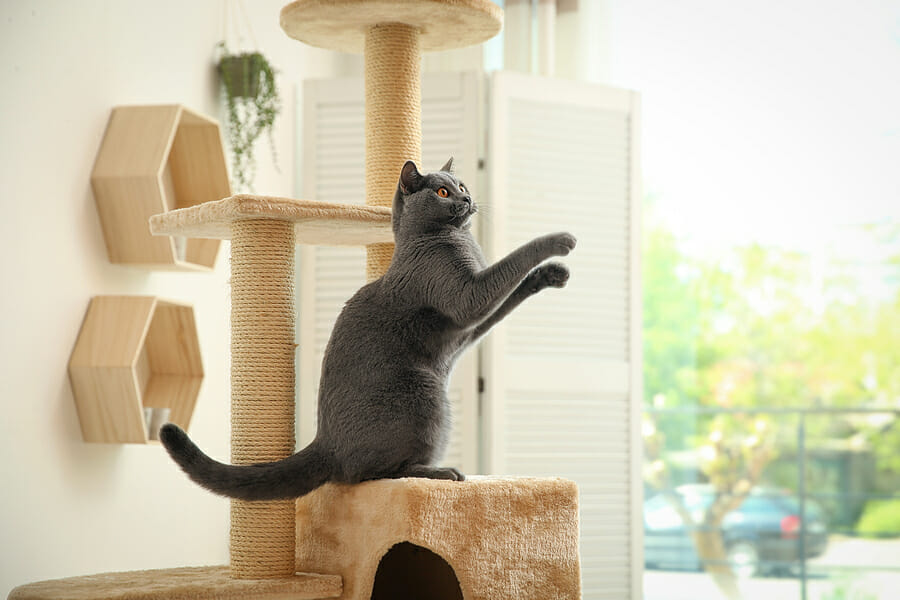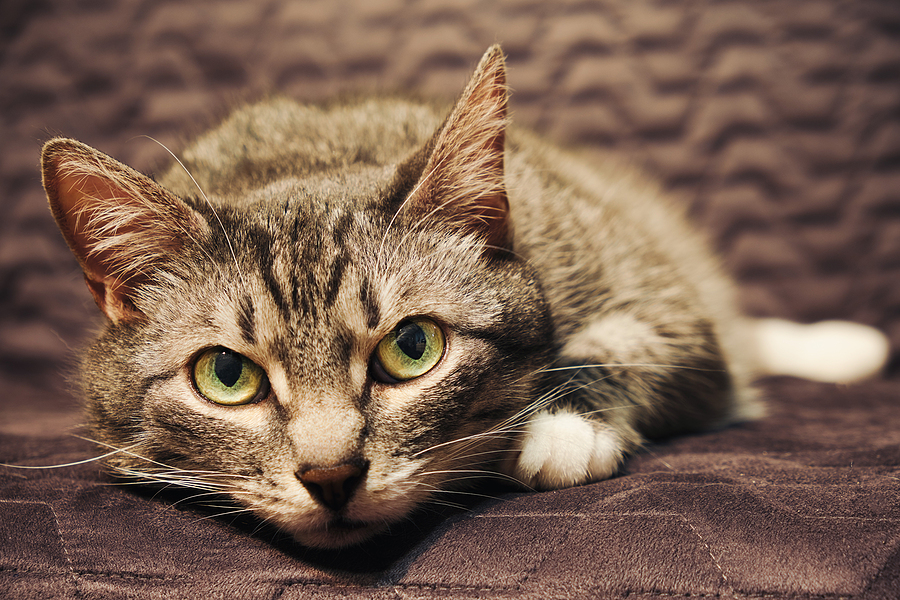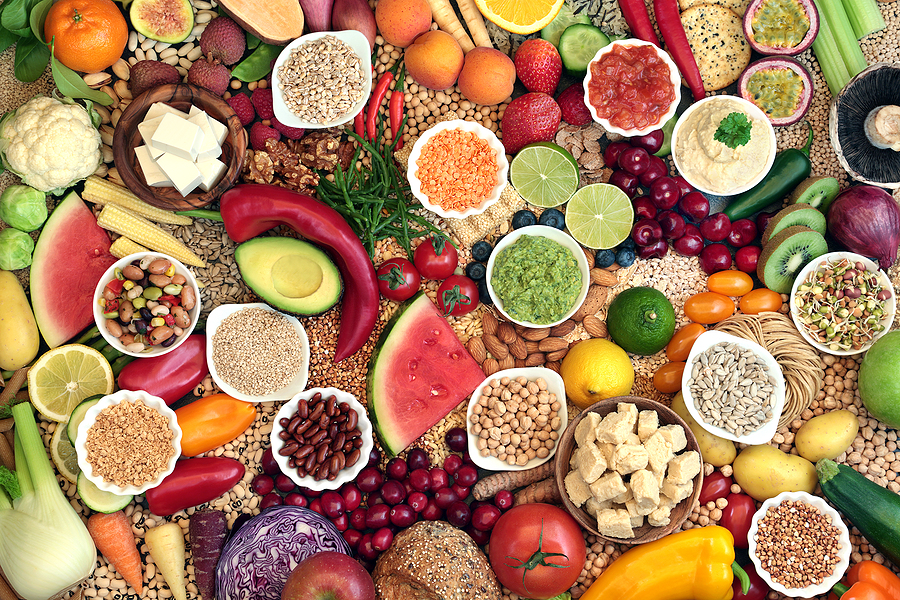Overview of Feline Dietary Needs
Table of Contents
Cats are obligate carnivores, meaning their bodies require a diet of primarily meat. Their wild ancestors primarily consumed rodents and birds—high-protein sources that provided all the essential nutrients. This fact heavily influences how we should be feeding our domesticated felines.
Most commercial cat foods, unfortunately, contain a significant portion of grains and carbohydrates, far from the natural prey diet of a cat. But how does this impact their health and well-being? This question leads us to explore the advantages of grain-free wet cat food and high-protein wet cat food.
The Role of Proteins in a Cat’s Diet
Proteins are vital for your cat’s overall health. They’re the building blocks of their muscles and are essential for their growth, repair, and normal functioning. A high-protein diet may contribute to better muscle health and higher energy levels, making your cat more active and playful.
When you buy grain-free cat food, you must ensure it’s also high in protein. Look for foods that list a source of animal protein, like chicken or fish, as the first ingredient to ensure your cat is getting the nutrients it needs.
Why Avoid Grains in a Cat’s Diet
Many commercial cat foods contain grains like corn, wheat, and rice. These ingredients can lead to potential health issues, such as allergies or digestive problems, in some cats. Cats lack the specific enzymes necessary to process grains efficiently. A grain-free diet can thus lead to improved digestion, potentially reducing incidences of diarrhea and vomiting.
Impact of Grain-Free and High-Protein Diet on Cat’s Health and Behavior
It’s important to note that while grain-free and high-protein diets offer numerous benefits, every cat is unique. Some cats may thrive on these diets, while others may require specific modifications based on their individual health needs or preferences. Always monitor your cat’s response to dietary changes and consult with your veterinarian for personalized guidance.
- Improved Weight Management – A grain-free and high-protein diet can support healthy weight management in cats. Since proteins are more satiating than carbohydrates, cats tend to feel fuller for longer periods, reducing the likelihood of overeating and weight gain. This can be particularly beneficial for cats prone to obesity or weight-related issues.
- Enhanced Muscle Development – Proteins are essential for muscle growth and maintenance. A high-protein diet can provide the necessary amino acids for optimal muscle development in cats. Strong muscles not only contribute to a cat’s physical strength but also aid in overall agility and mobility.
- Healthier Skin and Coat – It plays a crucial role in maintaining healthy skin and coat. A diet rich in high-quality proteins can improve the condition of a cat’s skin, promoting a shiny and lustrous coat. Cats on grain-free and high-protein diets may experience reduced shedding, less dandruff, and a decrease in skin irritations or allergies.
- Increased Energy Levels – Cats thrive on protein-rich diets because they closely resemble their natural prey. By consuming a grain-free and high-protein diet, cats can access the necessary energy to fuel their daily activities. Higher energy levels can result in increased playfulness, improved exercise tolerance, and overall vitality.
- Digestive Health – Cats have a shorter digestive tract optimized for processing animal proteins efficiently. A grain-free diet eliminates potential sources of digestive discomforts, such as grains that can be challenging for cats to digest. Switching to a grain-free and high-protein diet may lead to improved digestion, reduced incidences of diarrhea or vomiting, and a healthier gastrointestinal system overall.
- Behavioral Improvements – A diet that aligns with a cat’s natural instincts can positively impact its behavior. Grain-free and high-protein diets provide the nutrients that support a cat’s overall well-being, contributing to a happier and more contented demeanor. Cats on these diets may exhibit increased activity levels, decreased restlessness, and improved md.
- Potential Allergy Relief – Some cats may have sensitivities or allergies to grains or certain ingredients commonly found in cat food. A grain-free diet eliminates these potential allergens, reducing the risk of adverse reactions. By opting for grain-free and high-protein wet cat food, you may alleviate symptoms related to food allergies, such as skin itching, gastrointestinal upset, or excessive grooming.
Tips for Transitioning Your Cat to a Grain-free, High-protein Diet
Every cat is unique, and what works for one might not work for another. Consider your cat’s age, lifestyle, and health status when deciding on their diet. Transitioning your cat to a new diet should be a gradual process. Start by mixing a small amount of the new food with their current food, slowly increasing the proportion over several weeks.
The dietary needs of a kitten are different from those of a senior cat. Similarly, a sedentary indoor cat has different requirements from an active outdoor cat. Always keep your cat’s age and lifestyle in mind when selecting a grain-free, high-protein diet. Consult with your veterinarian if you’re unsure about the specific dietary needs of your cat.
Embracing a grain-free and high-protein diet in your cat’s meals can provide significant benefits for their overall health and well-being. By understanding the natural dietary needs of cats and the advantages of these diets, you can make informed choices for your feline companion. Remember to prioritize high-quality animal protein sources and gradually transition your cat to the new diet to ensure a smooth adjustment.
As responsible cat owners, it’s essential to consider the potential benefits of grain-free and high-protein wet cat food. Not only can these diets offer increased energy, better digestion, and improved coat health, but they can also align with your cat’s instinctual preferences as obligate carnivores.
When searching for the perfect food, look for options that are labeled grain-free and prioritize high-quality animal proteins. Take into account your cat’s individual nutritional needs, make gradual dietary adjustments, and consider their age and lifestyle. By making these thoughtful choices, you can contribute to your cat’s overall health and happiness.
So, why wait? Take the first step today and explore the world of grain-free and high-protein wet cat food for a healthier, happier cat.
Image Source: BigStockPhoto.com (Licensed)








